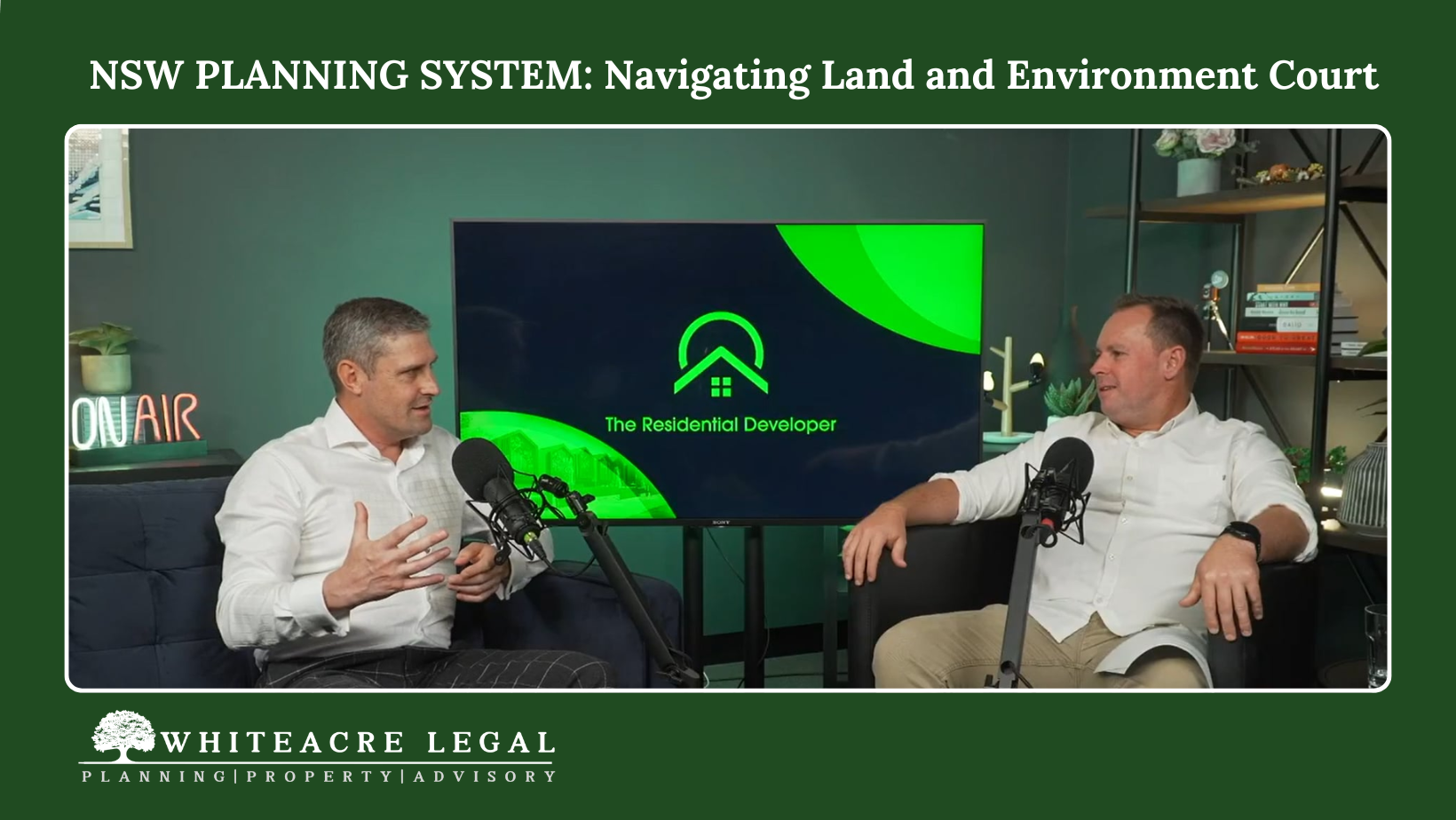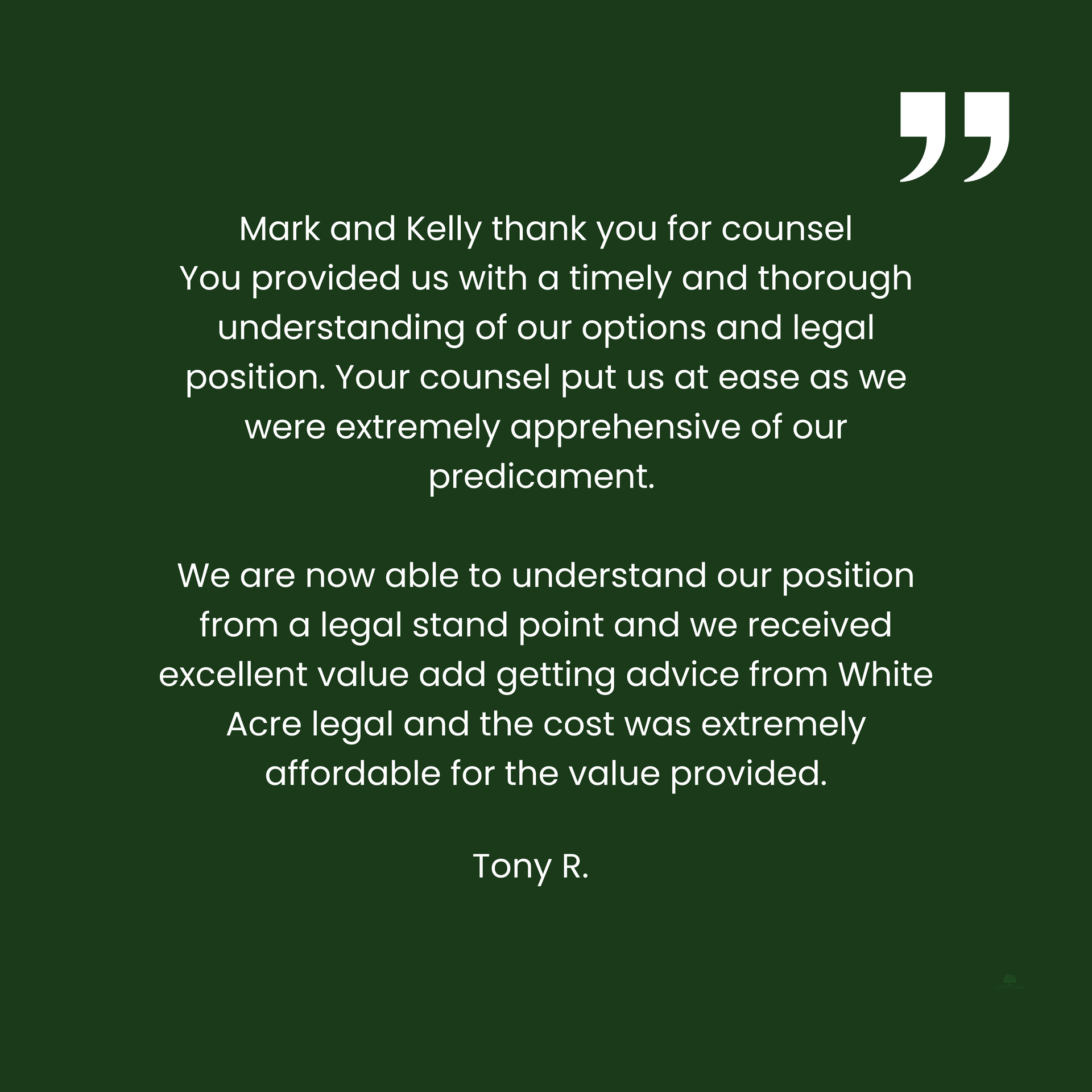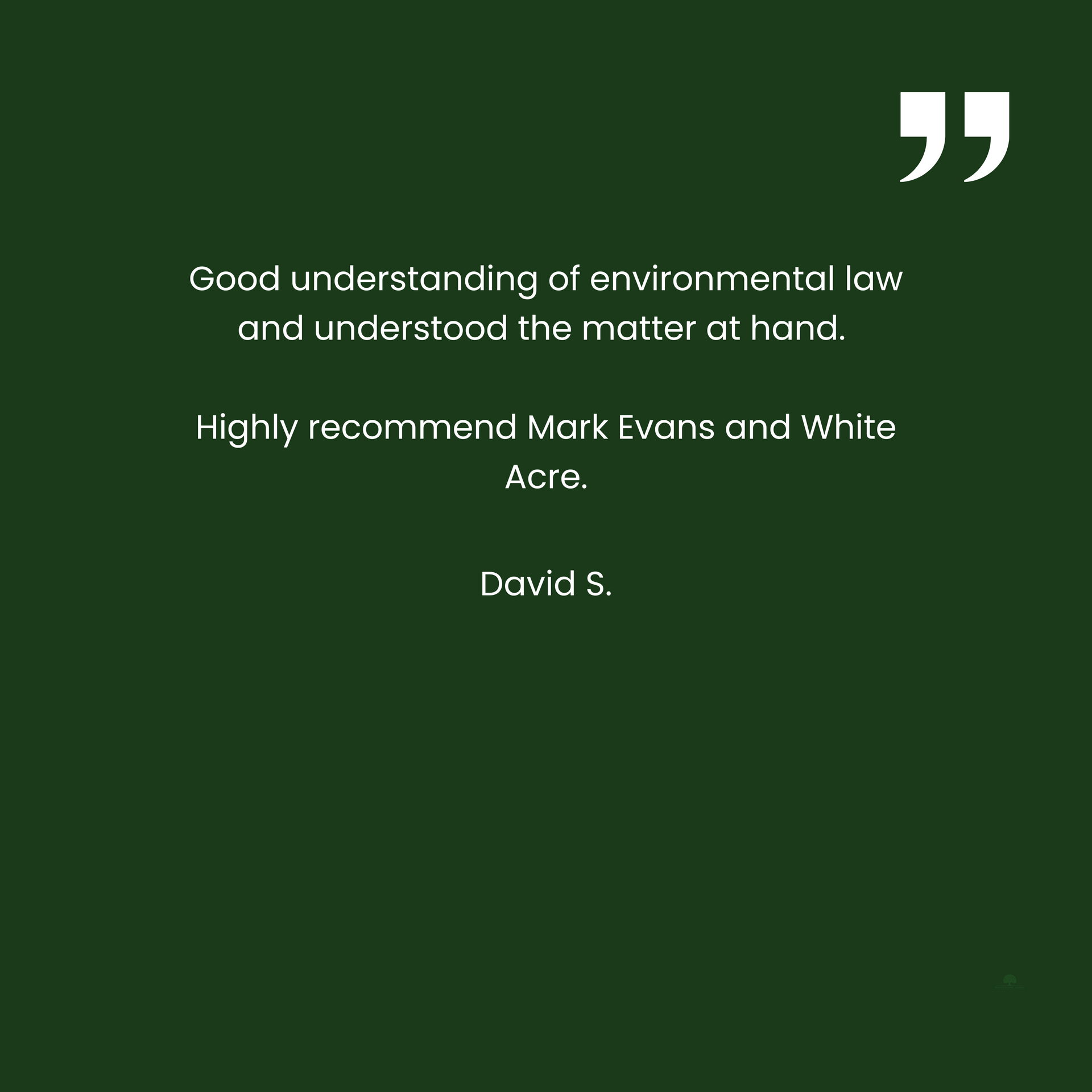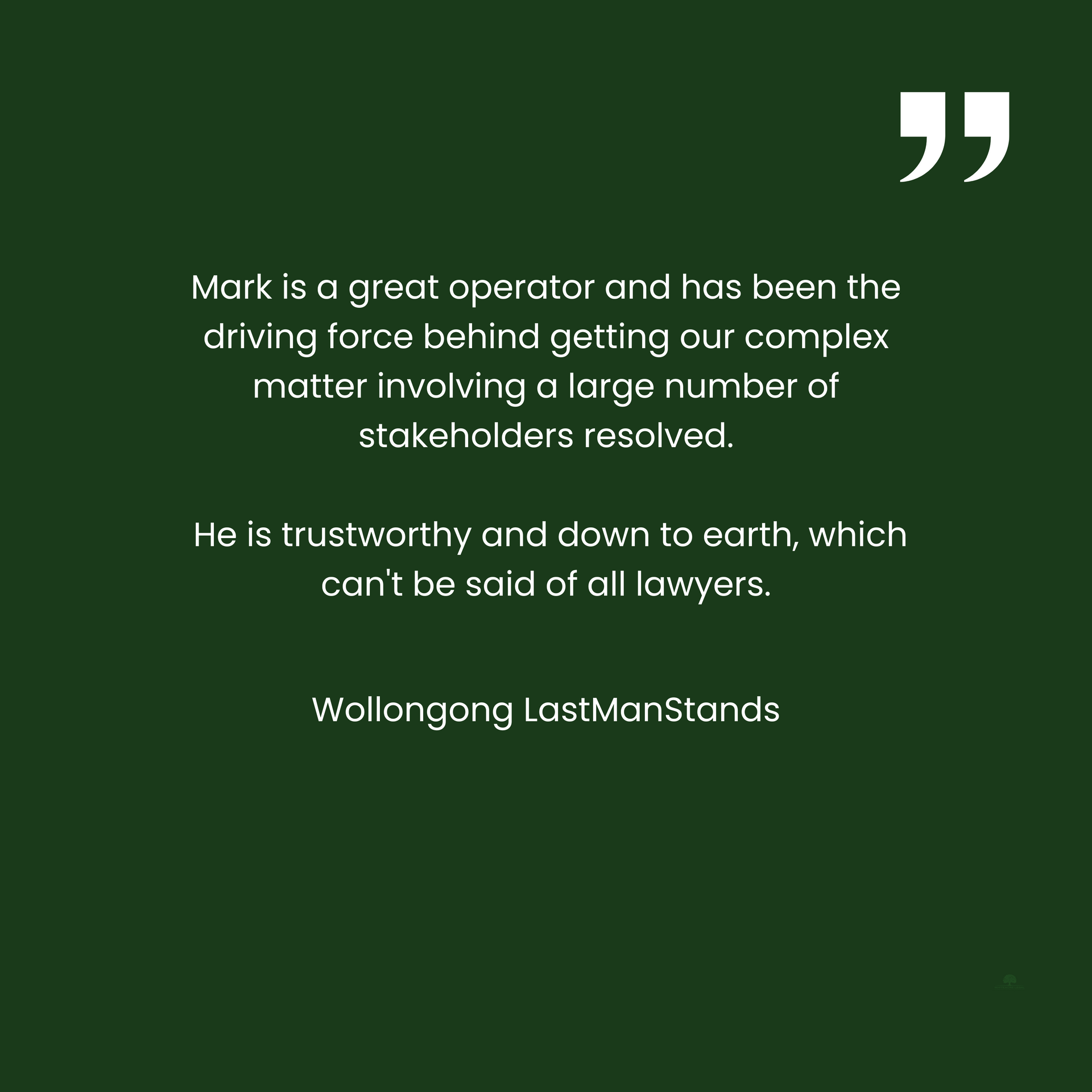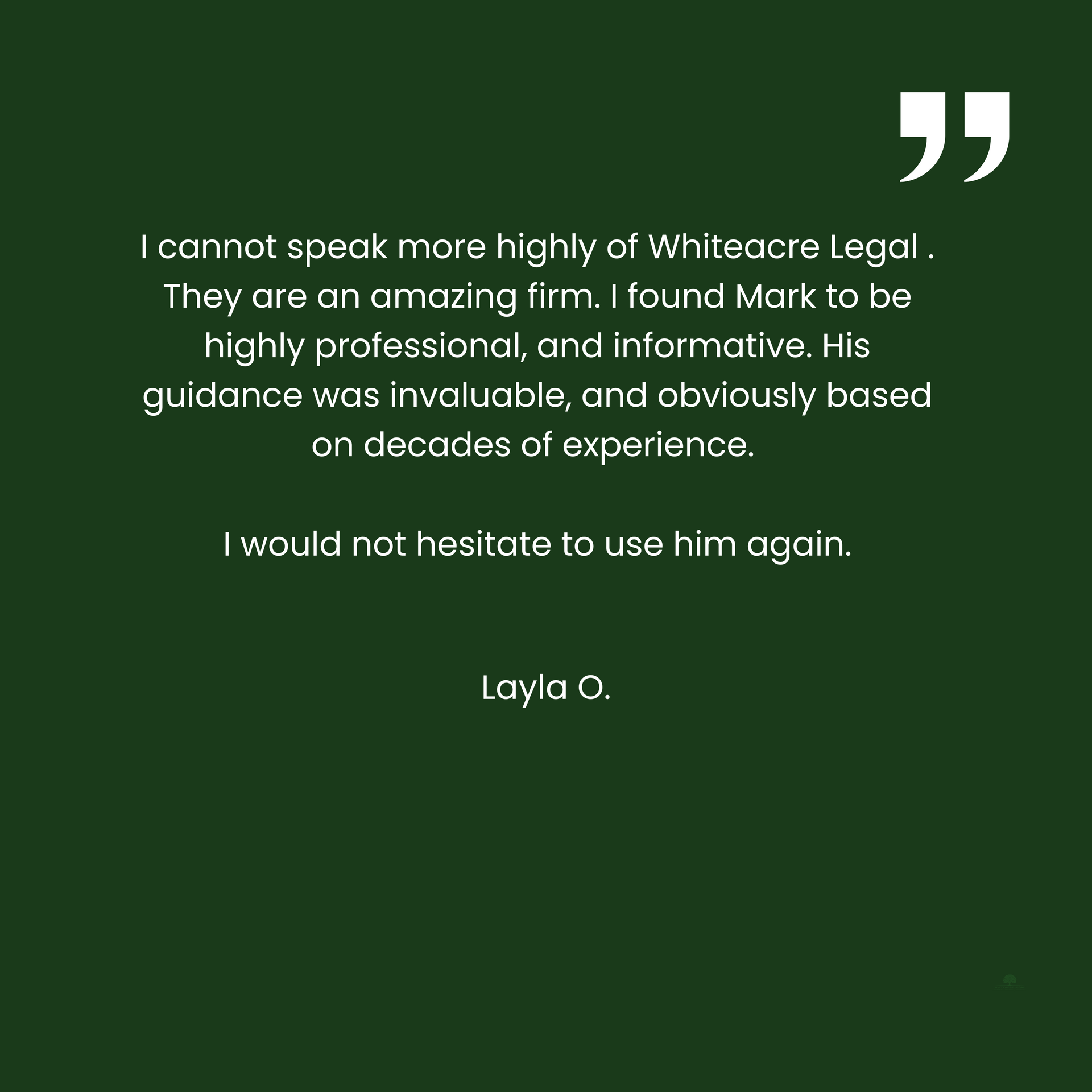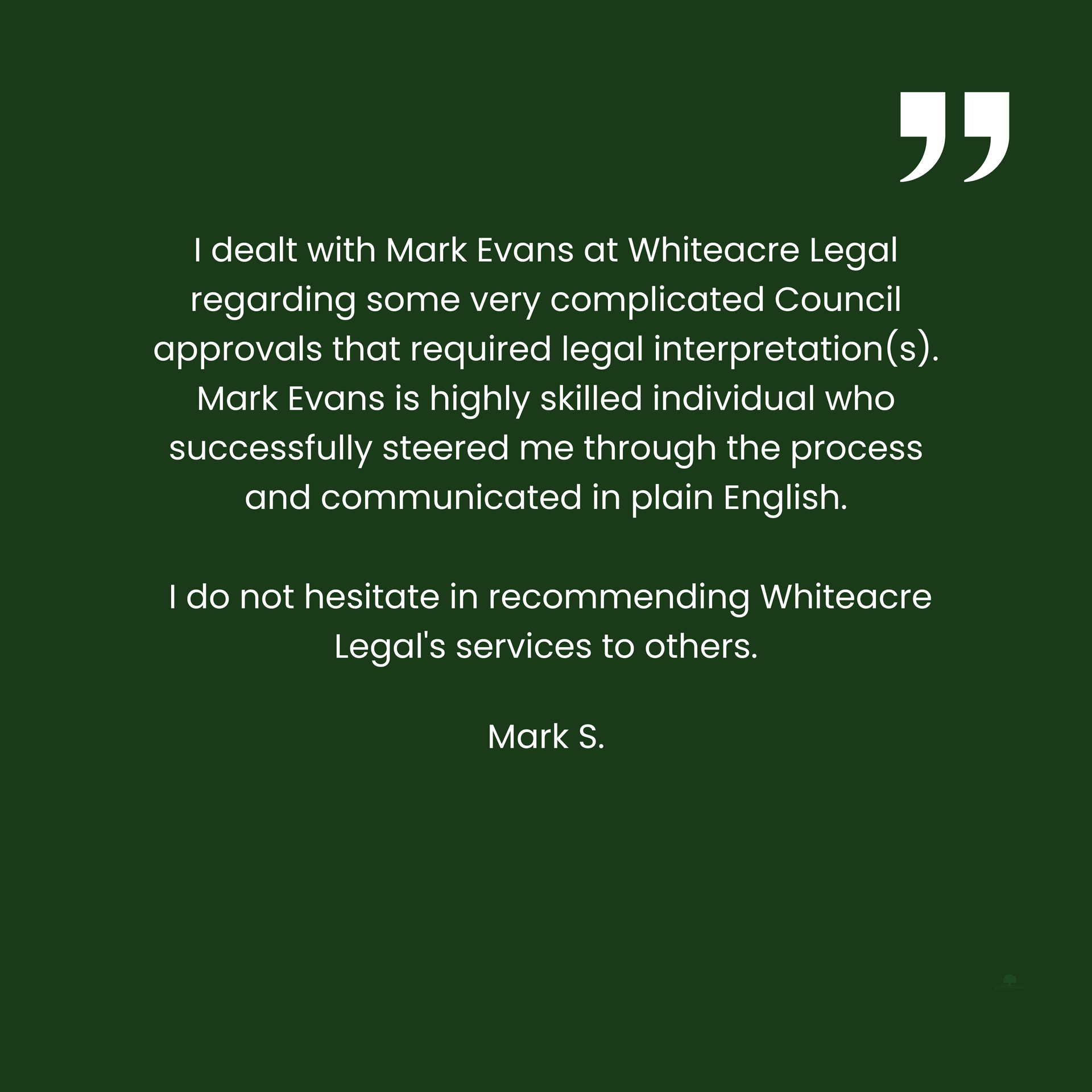What is Qualified Title? What is Limited Title? How do you remove cautions from the title to your land?
If the title to your land is either qualified title, or limited title, or both, you may not be able to carry out development on your land, particularly by way of subdivision.
This article describes what qualified title is, what limited title is and what you can do about it.
What is qualified title?
Before the introduction of Torrens title in NSW, all land was either Crown land or Old System land. Old System was a cumbersome system in which you had to show an unbroken chain of ownership all the way back to the original grant before you could transfer ownership of Old System land. The Torrens title introduction of the Torrens Register changed all this.
When Old System title is converted into Torrens title (either by registration of a deed or a plan) and recorded on the Torrens Register, sometimes the Registrar General will record a “Caution” on the title.
All Qualified titles carry a caution notification in the Second Schedule pursuant to s28J(1), s28J(1A), or s28J(1B) Real Property Act 1900 warning any person having an interest in or dealing with the land that subsisting interests not recorded on the Qualified folio of the Register may exist. The type of caution depends on the circumstances of conversion and has no affect on dealings lodged.
This means that there may be unregistered interests in the land that may not show up on the title, for example an unregistered easement or lease.
A caution can be removed from the title, hence converting the qualified title into a full Torrens title in a number of methods. The method chosen will depend on how long you have owned the land.
What is limited title?
Where the boundaries of Old System land are not properly defined, the Real Property Act 1900 allows for conversion from Old System title to a Limited folio of the Torrens Register. A Limited folio may be created and a notification is recorded in the Second Schedule of the folio of the Register:
- where the title is also Qualified:
'Limited Title. Limitation pursuant to s28T(4) of the Real Property Act 1900 . The Boundaries Of The Land Comprised Herein Have Not Been Investigated By The Registrar General' or
- where the title is not Qualified:
'Limited Title. Limitation pursuant to s28T(1A) of the Real Property Act 1900 . The Boundaries Of The Land Comprised Herein Are Not Sufficiently Defined To Enable The Creation Of An Ordinary Folio Of The Register'.
The limitation has no effect on the registration of dealings and may be removed by lodgment of a plan of survey.
Note A folio may be both Limited and Qualified.
Require further assistance?
We have assisted many landowners remove this caution from the title to their land. If you require advice or assistance with qualified title or limited title, we can help you understand the limitations on your title and provide advice about what you can do about it.
please do not hesitate to call us on (02) 9145 0900 or make an enquiry below.
Browse by categories

Servicing all of NSW, Whiteacre provides expert property law and planning and environment law advice and assistance.
✓ Planning Law Advice
✓ Land and Environment Court Appeals
✓ Voluntary Planning Agreements and Contributions
✓ Development Control Orders and Enforcement
✓ Property Development Advice and Due Diligence
✓ Title Structuring
✓ Easements and Covenants
✓
Strata and Community Title legislation
Book an initial consultation through our website with our planning law solicitor. Whether it's about planning and environment law or property law, you can approach us and discuss your matter to make sure we are a good fit for your requirements.

